SDG GOAL 10
REDUCED INEQUALITIES
Reduce inequality within and among countries
|
|
|
|
DIRECT NAVIGATION TO INDIVIDUAL WEBPAGE FOR EACH GOAL
|
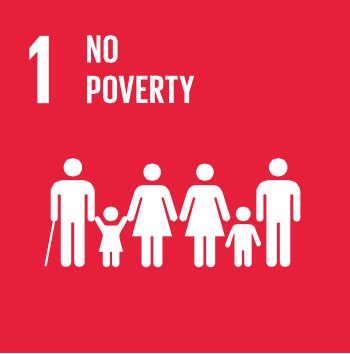
|
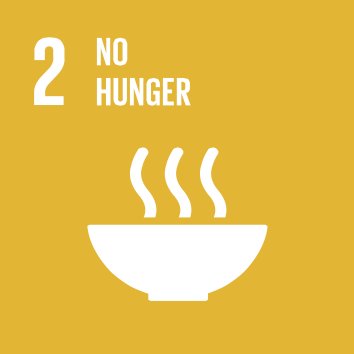
|
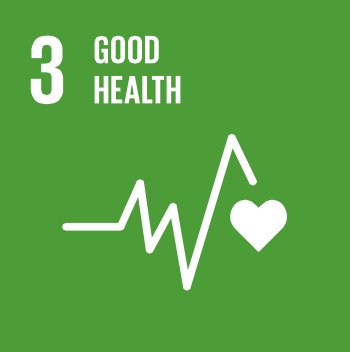
|
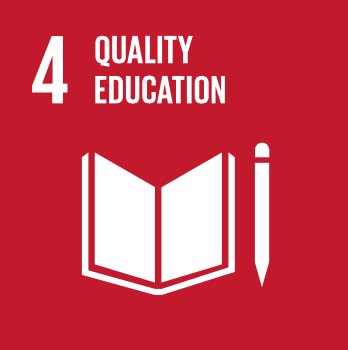
|
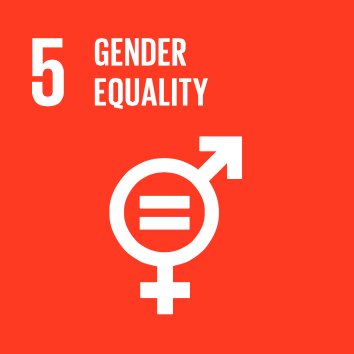
|
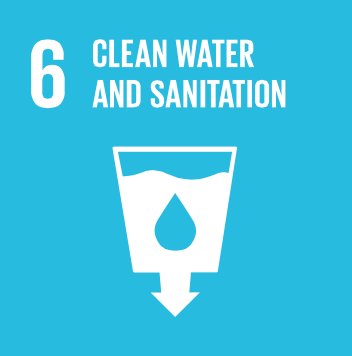
|
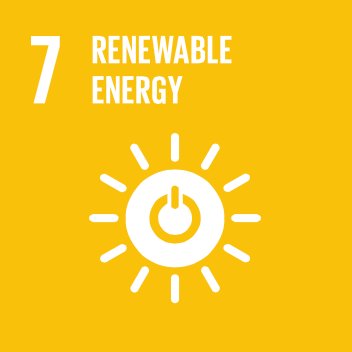
|
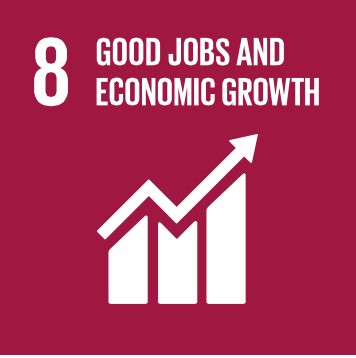
|
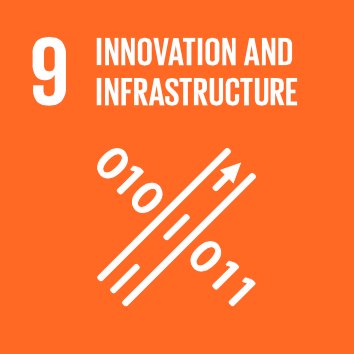
|
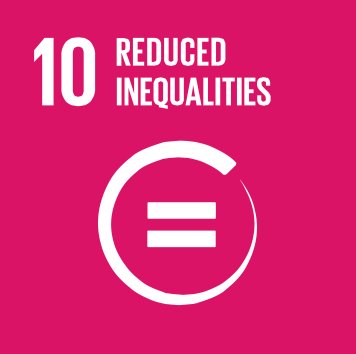
|
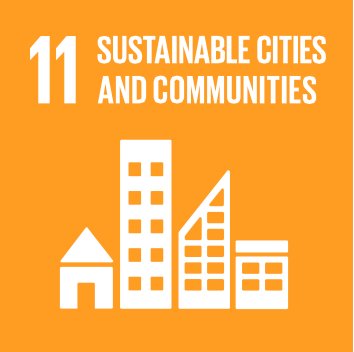
|
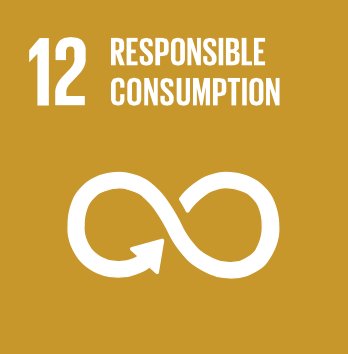
|
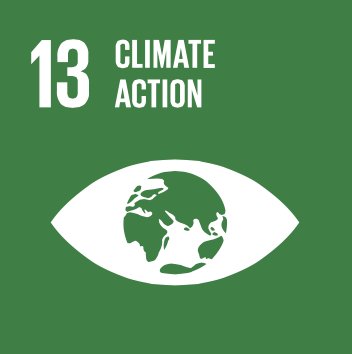
|
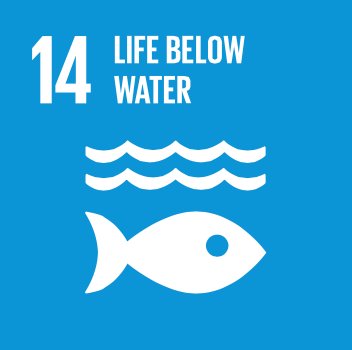
|
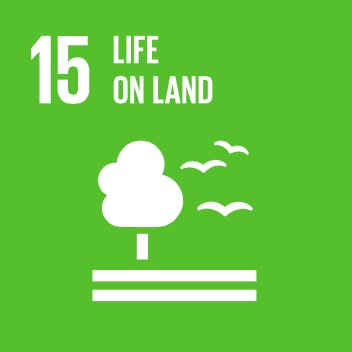
|

|
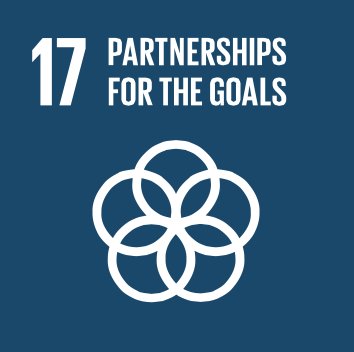
|
|
SDG GOAL 10 ... REDUCED INEQUALITIES
Reduce inequality within and among countries
|

|
GOAL 10 ... REDUCED INEQUALITIES ... Reduce inequality within and among countries
|
|
|
Goals and targets
|
Indicators
|
|
|
10.1
|
By 2030, progressively achieve and sustain income growth of the bottom 40 per cent of the population at a rate higher than the national average
|
10.1.1 Growth rates of household expenditure or income per capita among the bottom 40 per cent of the population and the total population
|
|
|
10.2
|
By 2030, empower and promote the social, economic and political inclusion of all, irrespective of age, sex, disability, race, ethnicity, origin, religion or economic or other status
|
10.2.1 Proportion of people living below 50 per cent of median income, by age, sex and persons with disabilities
|
|
|
10.3
|
Ensure equal opportunity and reduce inequalities of outcome, including by eliminating discriminatory laws, policies and practices and promoting appropriate legislation, policies and action in this regard
|
10.3.1 Proportion of the population reporting having personally felt discriminated against or harassed within the previous 12 months on the basis of a ground of discrimination prohibited under
international human rights law
|
|
|
10.4
|
Adopt policies, especially fiscal, wage and social protection policies, and progressively achieve greater equality
|
10.4.1 Labour share of GDP, comprising wages and social protection transfers
|
|
|
10.5
|
Improve the regulation and monitoring of global financial markets and institutions and strengthen the implementation of such regulations
|
10.5.1 Financial Soundness Indicators
|
|
|
10.6
|
Ensure enhanced representation and voice for developing countries in decision-making in global international economic and financial institutions in order to deliver more effective, credible, accountable and legitimate institutions
|
10.6.1 Proportion of members and voting rights of developing countries in international organizations
|
|
|
10.7
|
Facilitate orderly, safe, regular and responsible migration and mobility of people, including through the implementation of planned and well-managed migration policies
|
10.7.1 Recruitment cost borne by employee as a proportion of yearly income earned in country of destination
10.7.2 Number of countries that have implemented well-managed migration policies
|
|
|
10.a
|
Implement the principle of special and differential treatment for developing countries, in particular least developed countries, in accordance with World Trade Organization agreements
|
10.a.1 Proportion of tariff lines applied to imports from least developed countries and developing countries with zero-tariff
|
|
|
10.b
|
Encourage official development assistance and financial flows, including foreign direct investment, to States where the need is greatest, in particular least developed countries, African countries, small island developing States and landlocked developing countries, in accordance with their national plans and programmes
|
10.b.1 Total resource flows for development, by recipient and donor countries and type of flow (e.g. official development assistance, foreign direct investment and other flows)
|
|
|
10.c
|
By 2030, reduce to less than 3 per cent the transaction costs of migrant remittances and eliminate remittance corridors with costs higher than 5 per cent
|
10.c.1 Remittance costs as a proportion of the amount remitted
|
|
INDICATORS / WORKING NOTES
Goal 10 ... Proposed Indicators 70 to 71
Potential and Illustrative Core Indicators
|
|
Indicator 70:
|
[Indicator on inequality at top end of income distribution: GNI share of richest 10% or Palma Ratio]
Rationale and definition: Concerns about inequality focus on the top and bottom ends of the income
distribution. Indicator 70, on “relative poverty”, tracks the bottom end of the income distribution, whilst this
indicator monitors changes at the top end of the distribution. We see two options for such an indicator.
First, countries may track the share of incomes generated by the richest 10% of the population. An
alternative indicator is the increasingly popular Palma Ratio, defined as the ratio of richest 10% of the
population’s share of gross national income (GNI) divided by the poorest 40% of the population’s share.
The Palma ratio seeks to overcome some of the limitations of the widely used Gini coefficient, which fails to
take into account changing demographic structure (e.g. the effects of a baby boom or an aging population)
and is insensitive to changes in the tails (top and bottom) of the income distribution, which is where most
movement occurs.141 Furthermore, using a simple ratio, as opposed to the more complex Gini-coefficient
measurement, is more intuitive for policy makers and citizens. For example, for a given, high Palma value it is
clear what needs to change: to narrow the gap you raise the share of income of the poorest 40% and/or you
reduce the share of the top 10%.
Disaggregation: The income share of the top decile and the Palma ratio are formulated using household
survey data relating to income and consumption (usually from World Bank PovCal / World Development
Indicators). Such data can be disaggregated by income deciles in countries, allowing for comparative
analyses between countries and regions. Further disaggregation by centiles, regions or groups would require
complex analysis of the original household survey data, which at present may not be feasible on a national /
global scale.
Comments and limitations: An important limitation of the income share of the top decile and the Palma ratio
(as well as the Gini-Coefficient) is that the indicators cannot be decomposed (i.e. overall inequality is related
consistently to inequality among sub-groups). Furthermore, data is based on household surveys, some of
which measure income and some consumption. The mix makes international comparison quite challenging,
as the distribution of consumption tends to be less unequal than that of income. But since no means of
adjustment (income vs. consumption) is readily acceptable, it is common practice not to adjust the surveys.
To improve the quality of this data we recommend expanding the collection of pure income-based data, for
example via the Luxembourg Income Study, which currently has micro-data for 40 countries.142
Preliminary assessment of current data availability by Friends of the Chair: B
Potential lead agency or agencies: UN Statistics Division, World Bank, OECD (with Luxembourg Income Study).
|
|
|
Indicator 71:
|
Percentage of households with incomes below 50% of median income ('relative poverty')
Rationale and definition: Relative poverty is defined as the percentage of households with incomes less than
half of the national median income. It is an indicator of inequality at the bottom of the income distribution,
which acts as a cause of social exclusion and undermines equality of opportunity.
141 Palma, G., (2011), Homogeneous middles vs. heterogeneous tails, and the end of the ‘Inverted-U’: The share of the rich is what it’s
all about, Cambridge Working Papers in Economics, See: http://www.econ.cam.ac.uk/dae/repec/cam/pdf/cwpe1111.pdf
142 See a list of LIS available datasets: http://www.lisdatacenter.org/our-data/lis-database/documentation/list-of-datasets/
Revised working draft (July 25, 2014)
80
Disaggregation: The data should be disaggregated by sex and age of the head of household and by
urban/rural locality. If possible with the given survey methodology, ethnicity, religion, language, disability
and indigenous status should also be reviewed.
Comments and limitations: This indicator requires measurement of the national distribution of household
income, which is still rare in most countries. Frequently such measurements are conducted once every two
to three years and data becomes available with reporting lags of up to three years.143
Preliminary assessment of current data availability by Friends of the Chair: A
Potential lead agency or agencies: The indicator can be compiled from income distribution data. The UN
Statistics Division, World Bank, or the OECD could take the lead in compiling data.
Additional indicators that countries may consider:
• Gini coefficient: The Gini measures the extent to which the distribution of income or consumption
expenditure among individuals or households within an economy deviates from a perfectly equal
distribution. A Gini value of 0 represents perfect equality, and a value of 1 denotes perfect
inequality. It is a well-known indicator for income inequality, which has been in use for over 100
years.
• Income/wage persistence. This is a measure of intergenerational socioeconomic mobility, which is
generally defined as the relationship between the socioeconomic status of parents and the status
their children will attain as adults. Economic mobility can be measured either through wage or
income, and it is expressed as the fraction of parental income or wages reflected in their offspring’s.
• Net ODA to the LDCs as percentage of high-income countries' GNI (modified from MDG Indicator).
This indicator measures progress towards aid commitments. The agreed target range for this
indicator is 0.15-0.2%.
• [Average remittance cost] - Indicator to be developed. Remittances are increasingly important to
many economies, but accurate measurement remains difficult. The G20 committed to reducing
global average remittance cost by 5%, so enhanced statistical methodology is needed to improve
data collection for monitoring of remittance costs.144
• ODA as a percentage of vulnerable countries’ GNI: This indicator is the amount of ODA received by
a country as a percentage of its gross national income. This indicator is a continuation of indicators
under MDG Goal 8 and is a measure of aid dependency.
• [Indicator on migration] - to be developed: this indicator will track the orderly, safe, and responsible
migration and mobility of people
143 See OECD Income Distribution Database: http://www.oecd.org/social/income-distribution-database.htm 144 UN Statistics Division, (2014).
Revised working draft (July 25, 2014)
|
|
|
|
|

